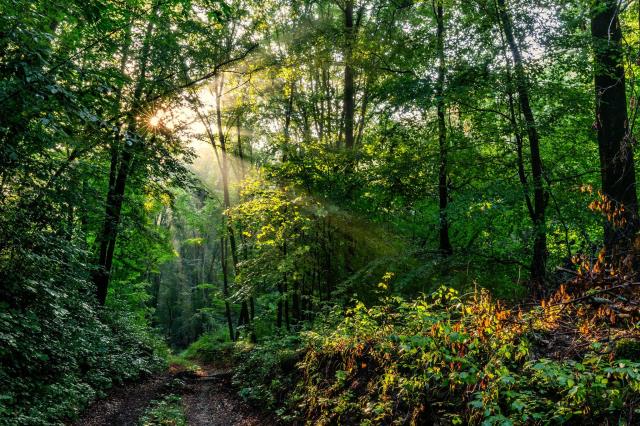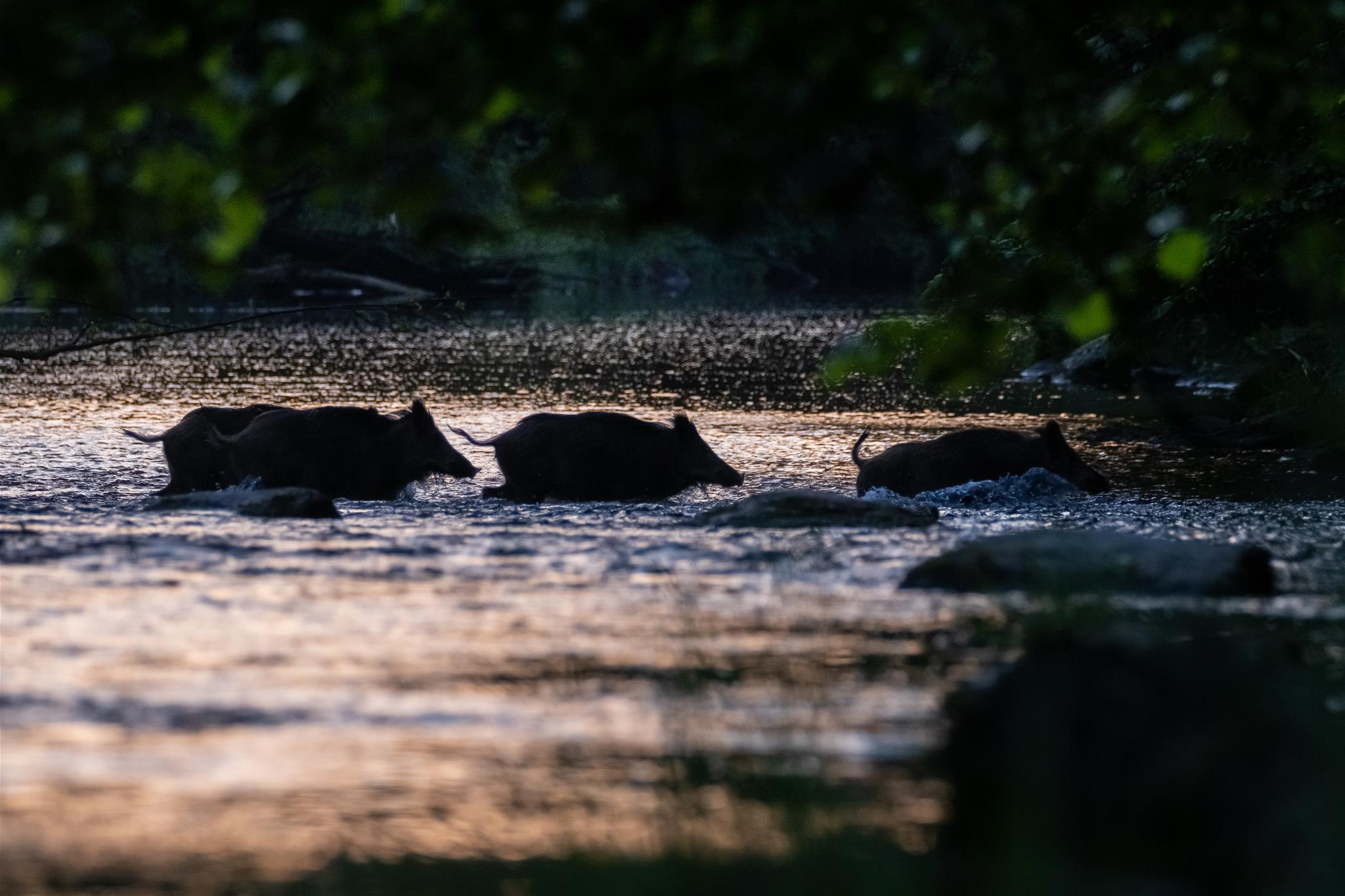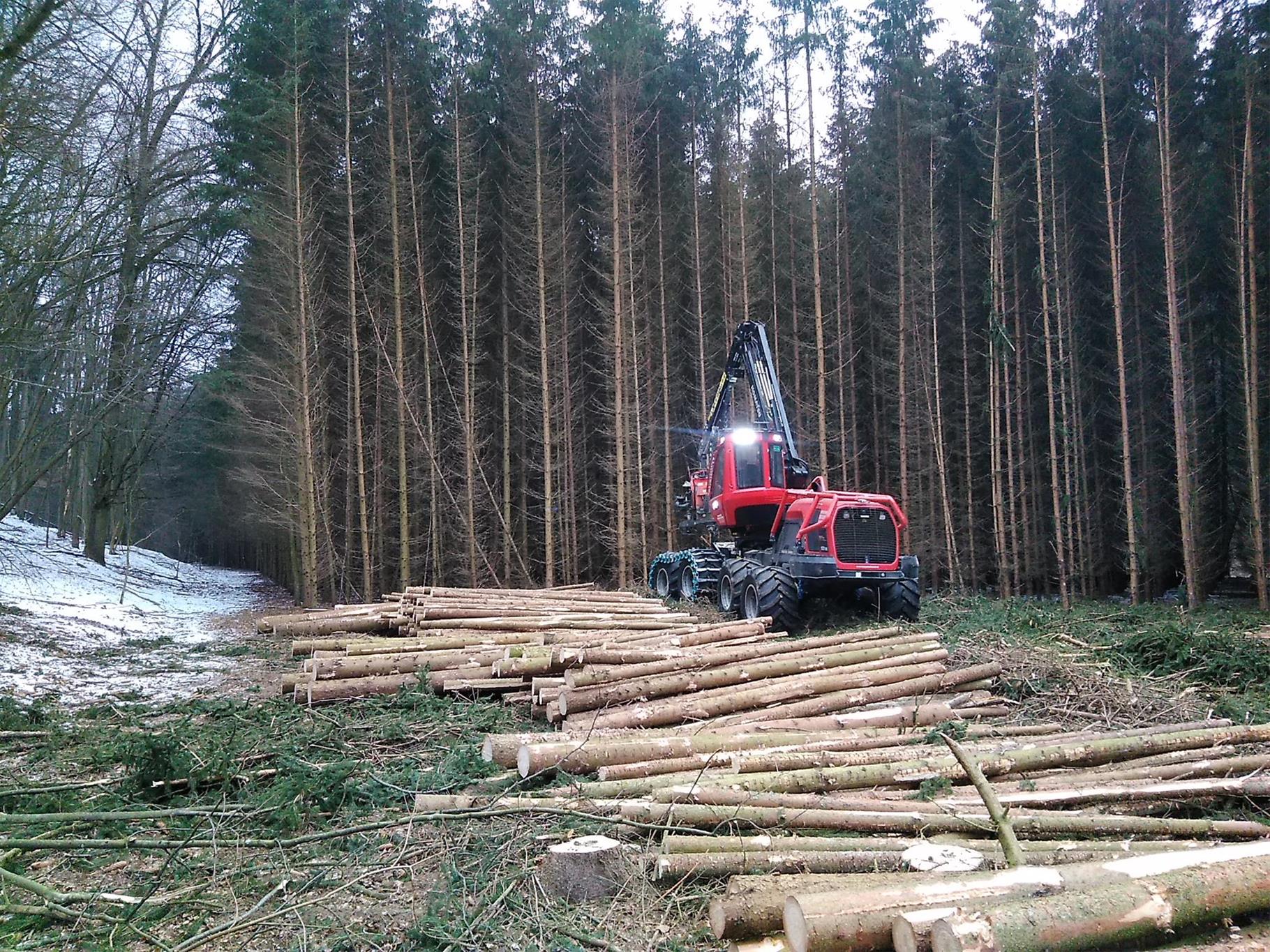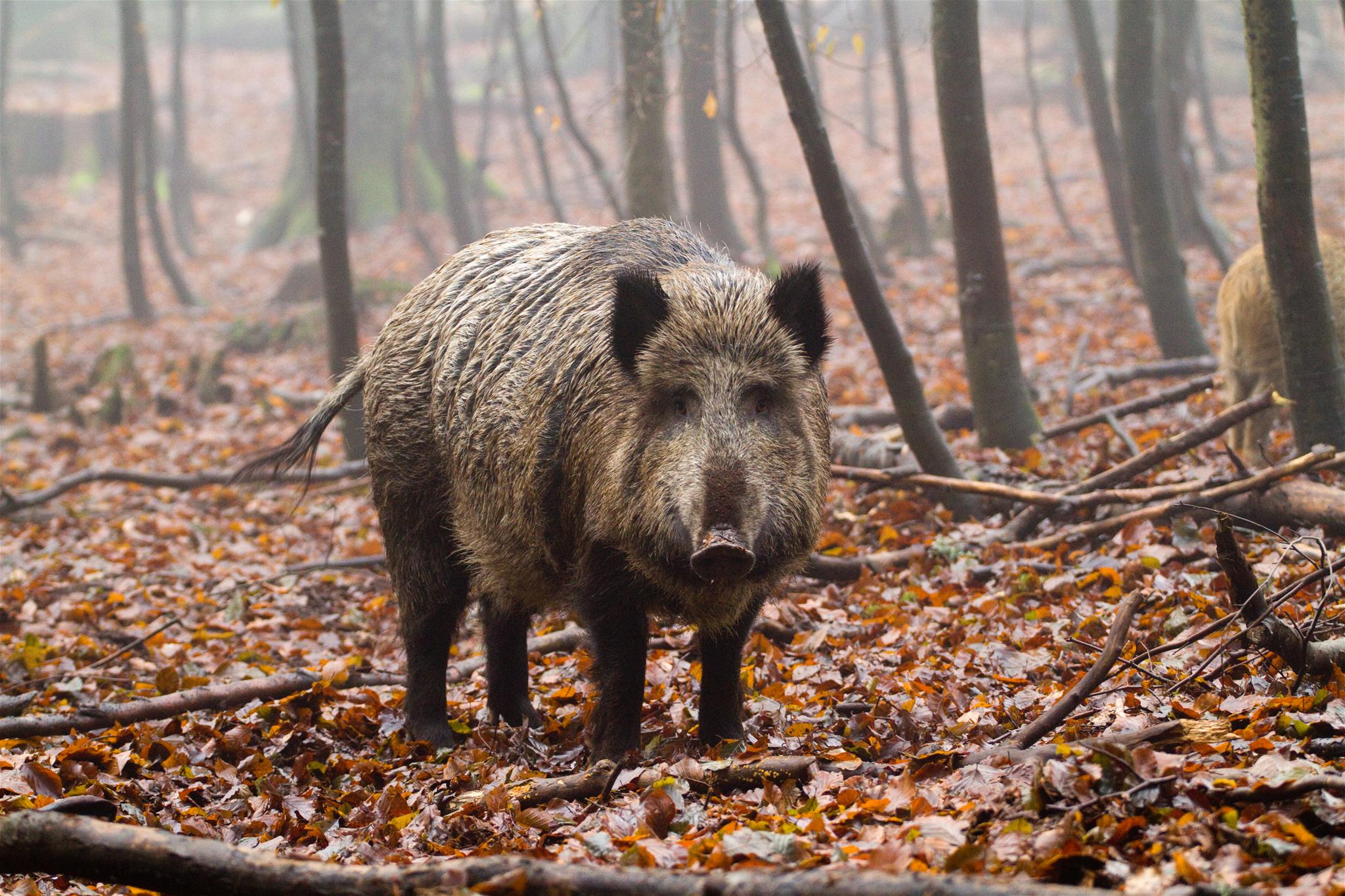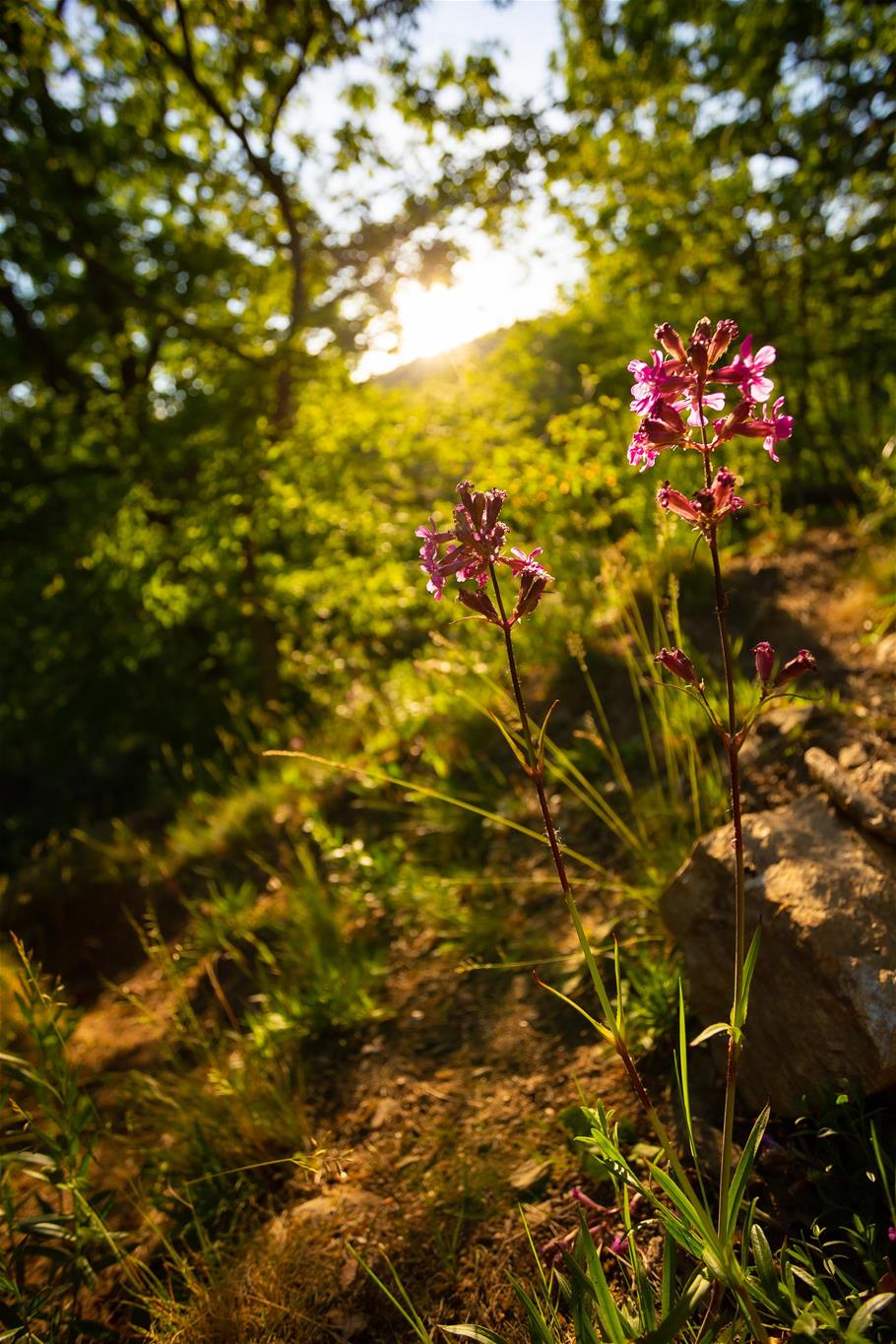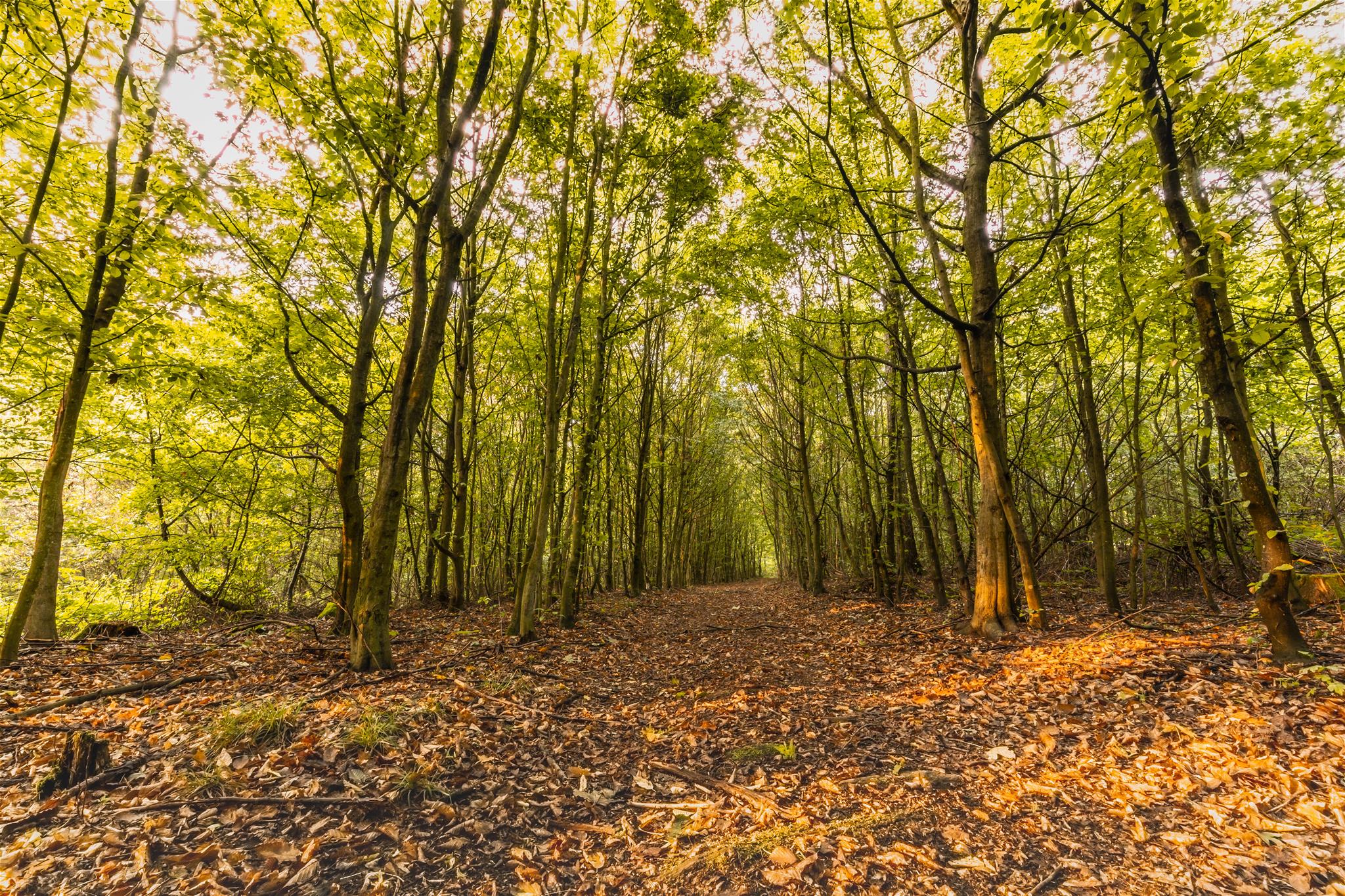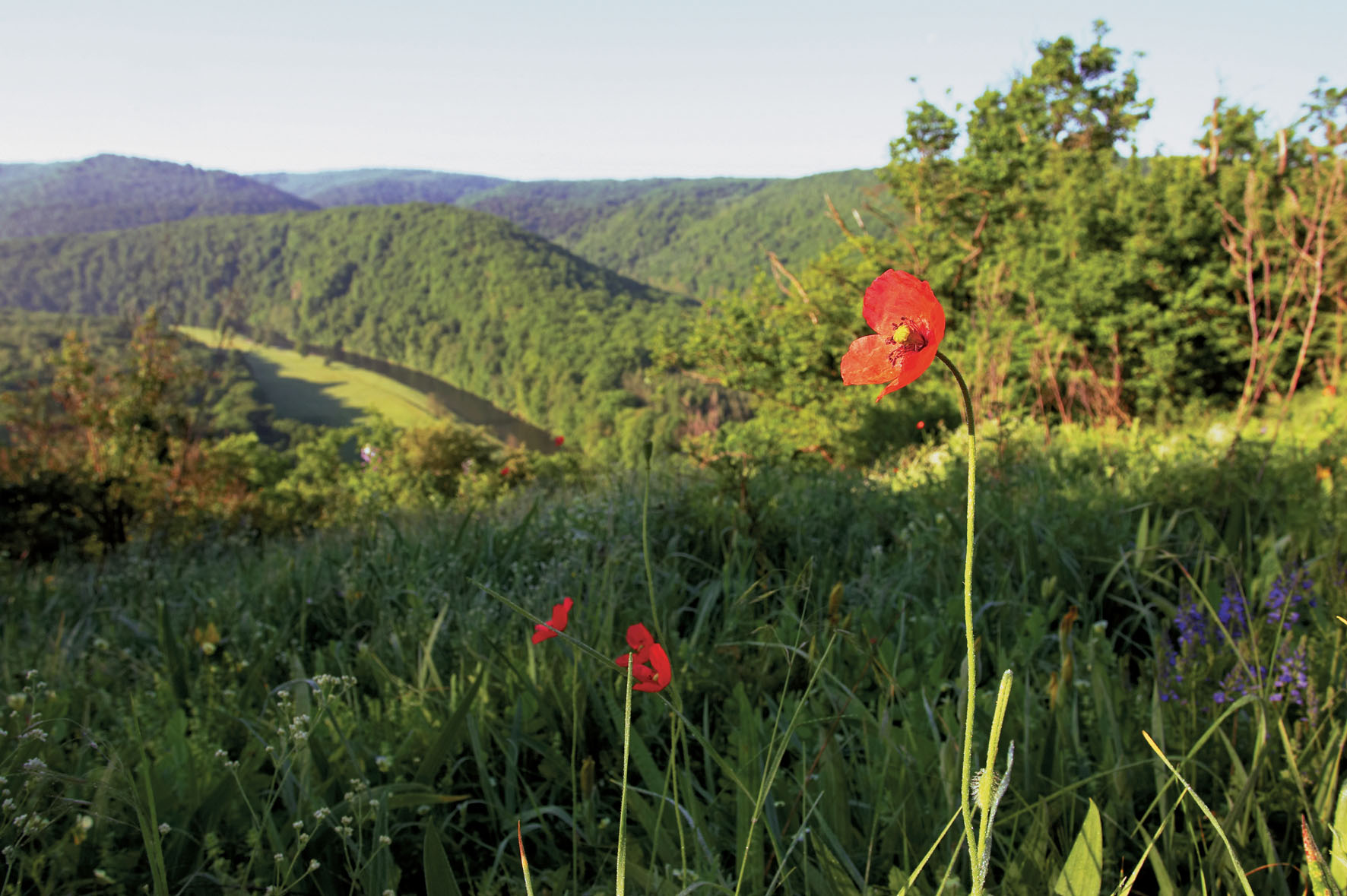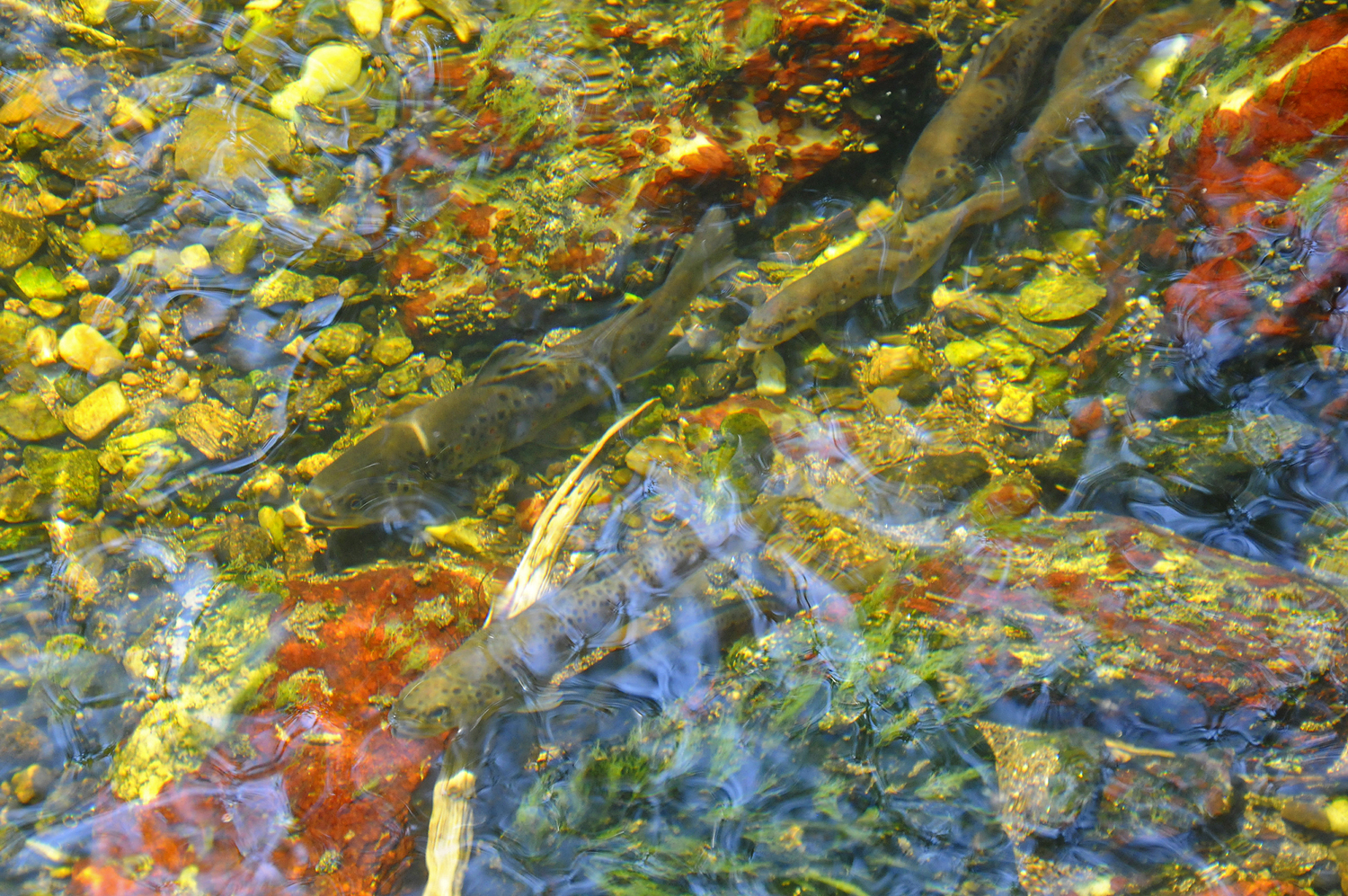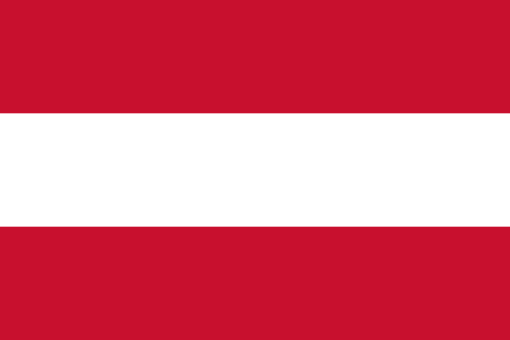Natural environment management
"Nothing touches us like the untouched” is the motto of the country's national parks. Why then is there a need for "natural area management”? Isn't that a contradiction?The more inaccessible slopes and gorges of the Thaya Valley are in a very pristine state. In many other areas, however, farm animals grazed, meadows were mown or wood was cut from the forest before the national park was established. The construction of a hydropower plant in the Czech Republic also meant drastic changes for the Thaya.
This is exactly where natural area management comes in. The aim is to achieve improvements in ecological status and a gradual approximation of the natural state. The measures taken so far have resulted, for example, in brown trout spawning again and original tree species being able to thrive once more, in the biodiversity of the meadows being preserved and in visitors being able to experience the magic of the untouched countryside all around them on the designated hiking trails.
